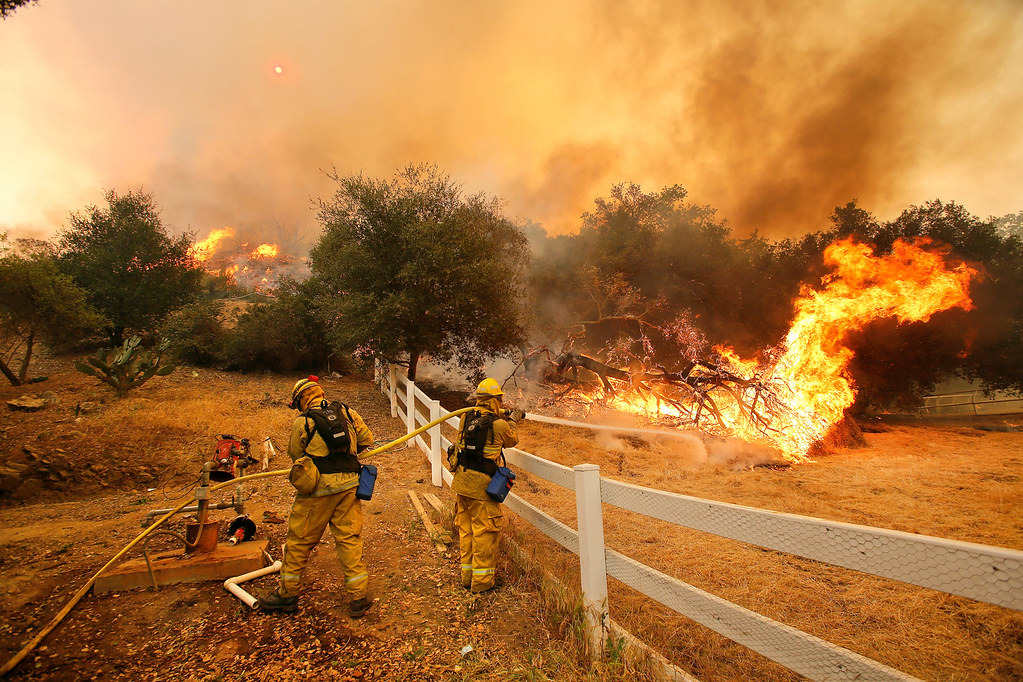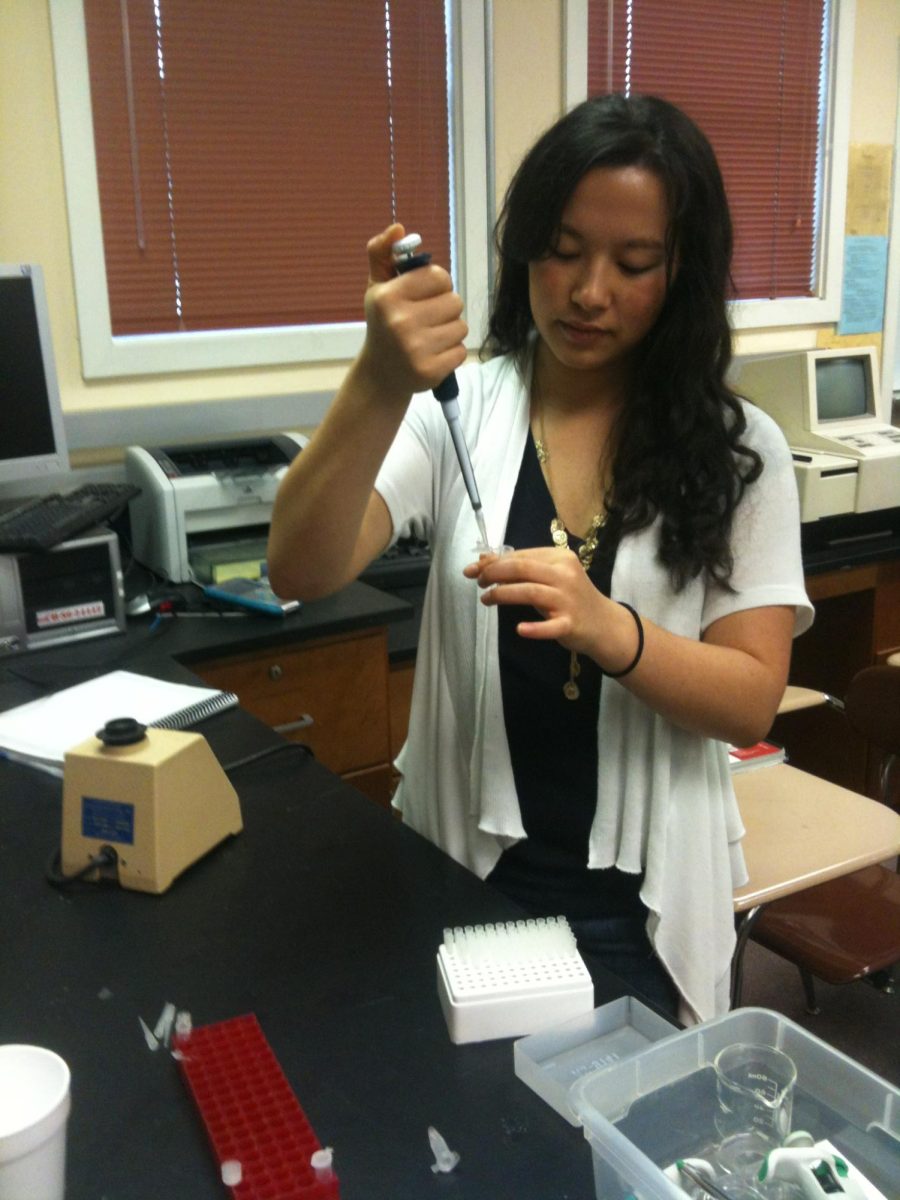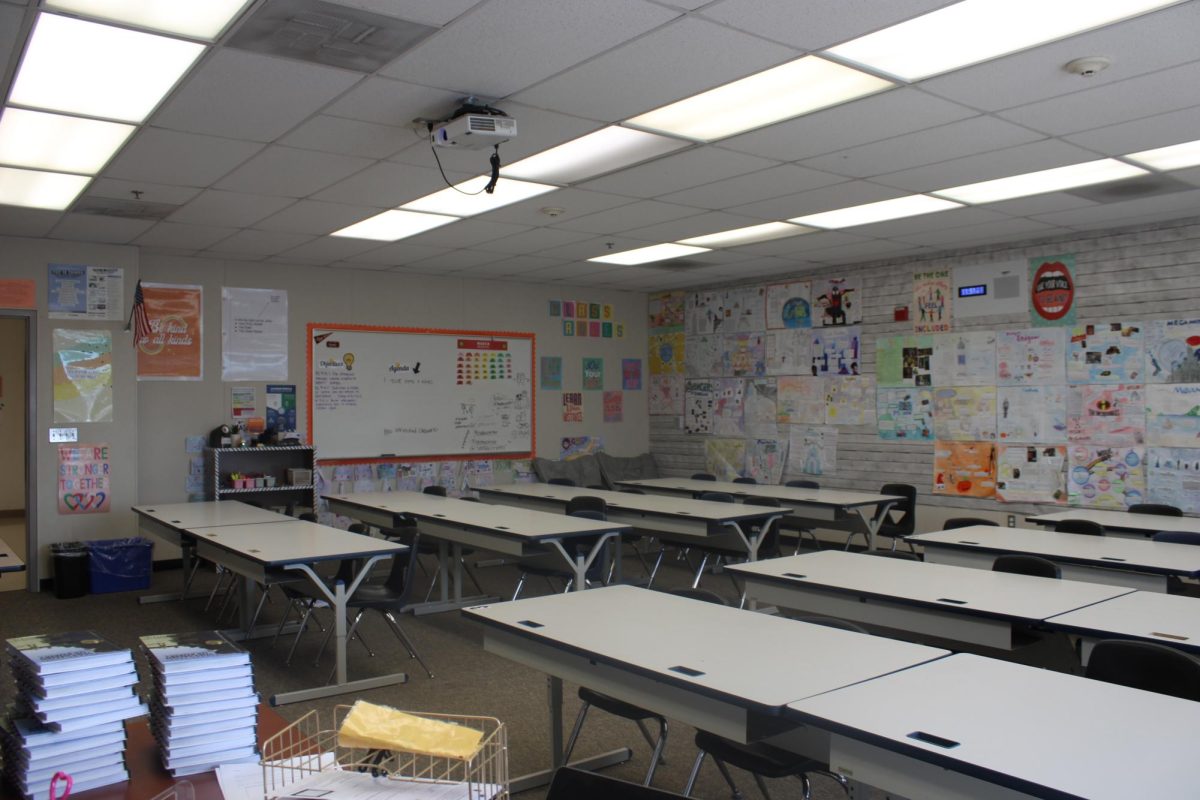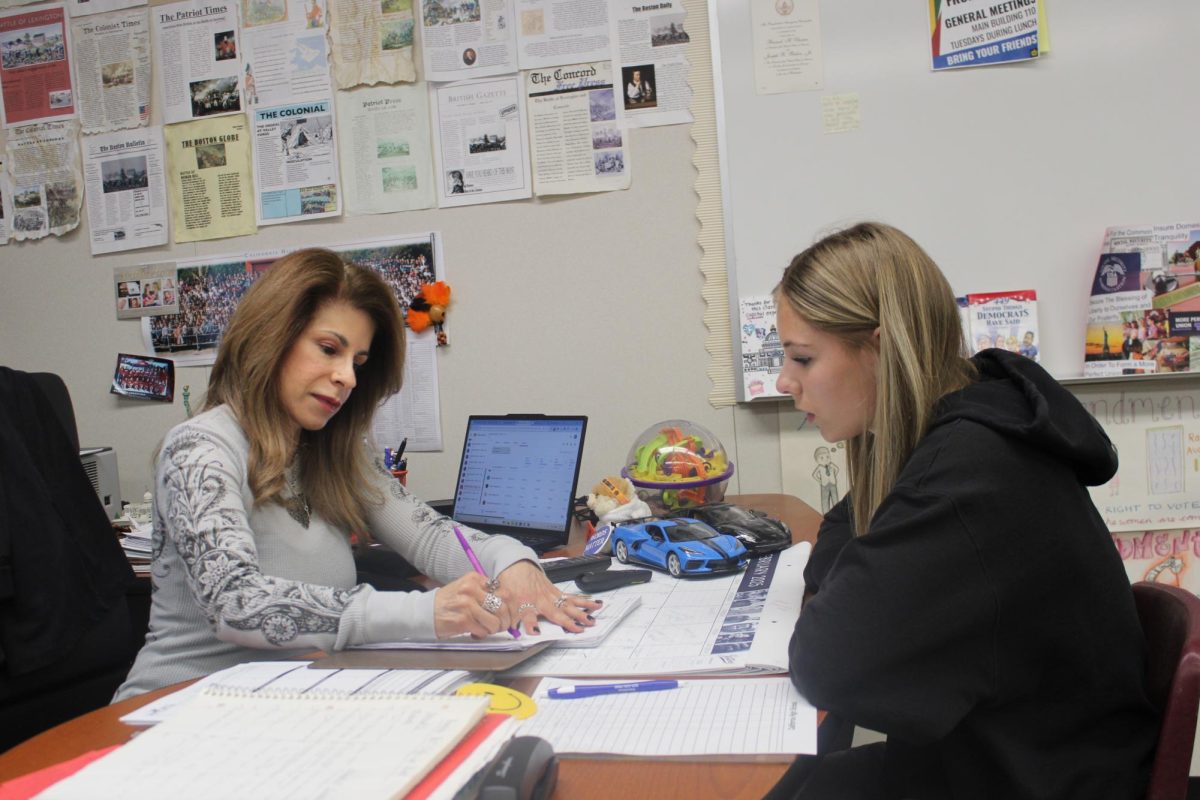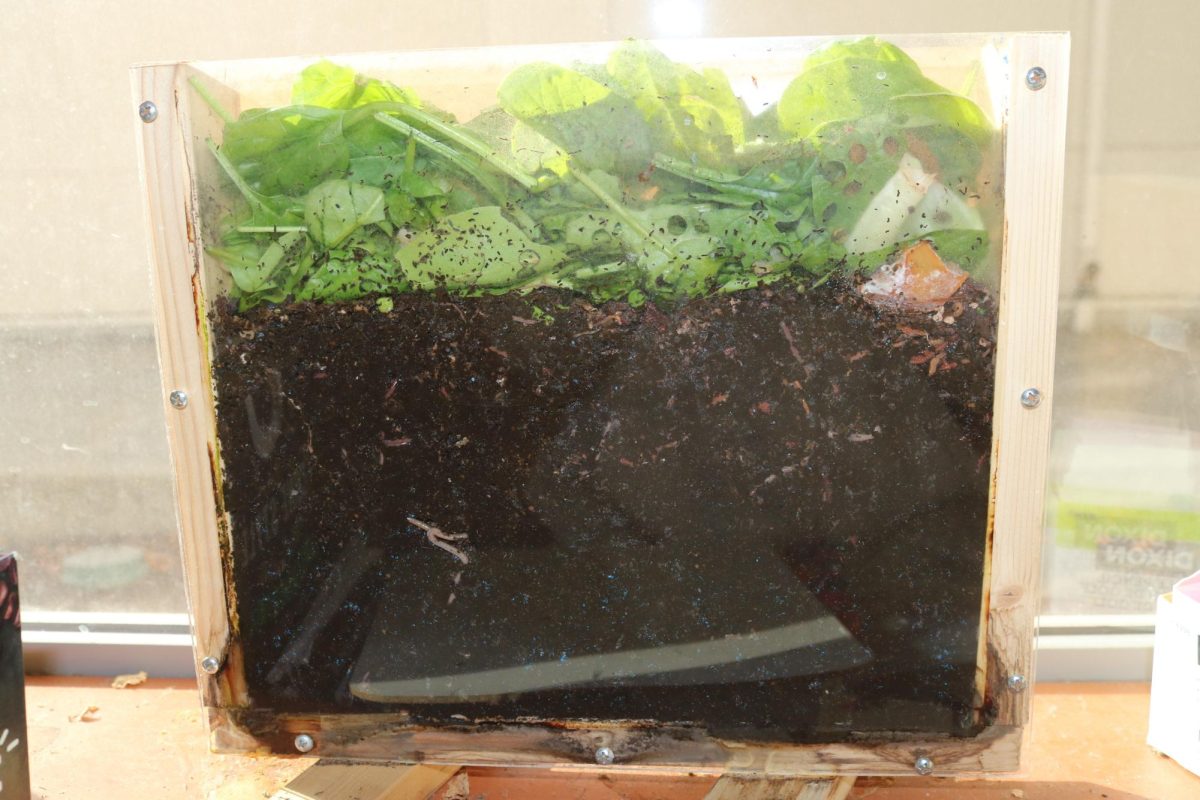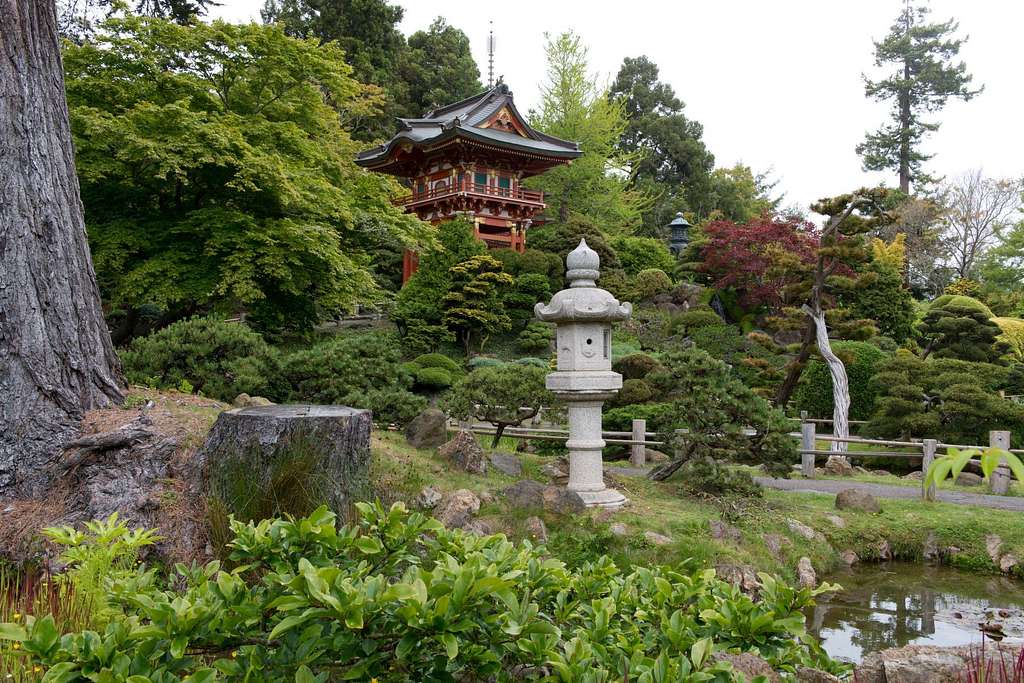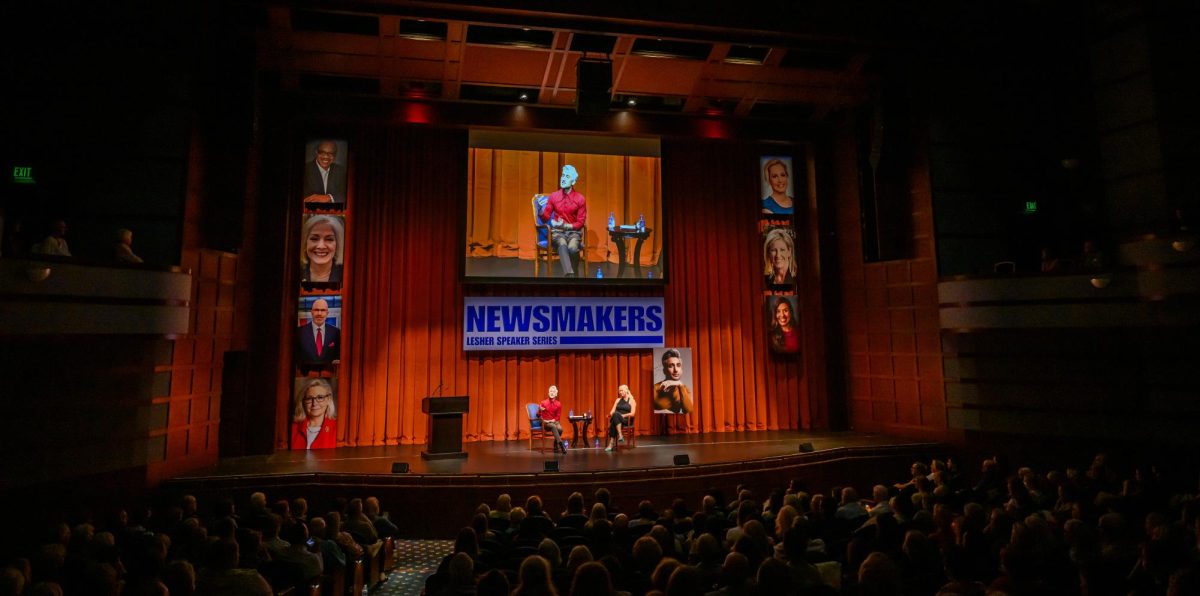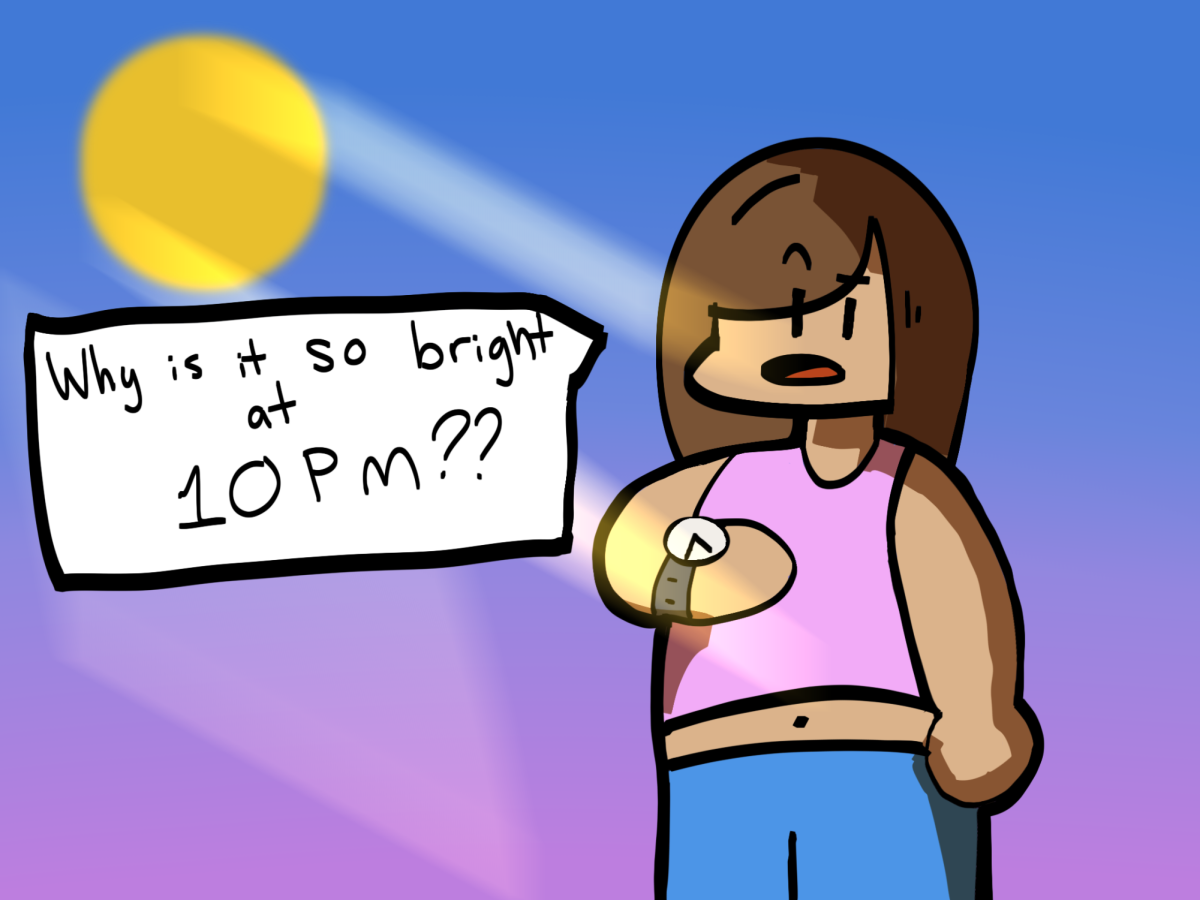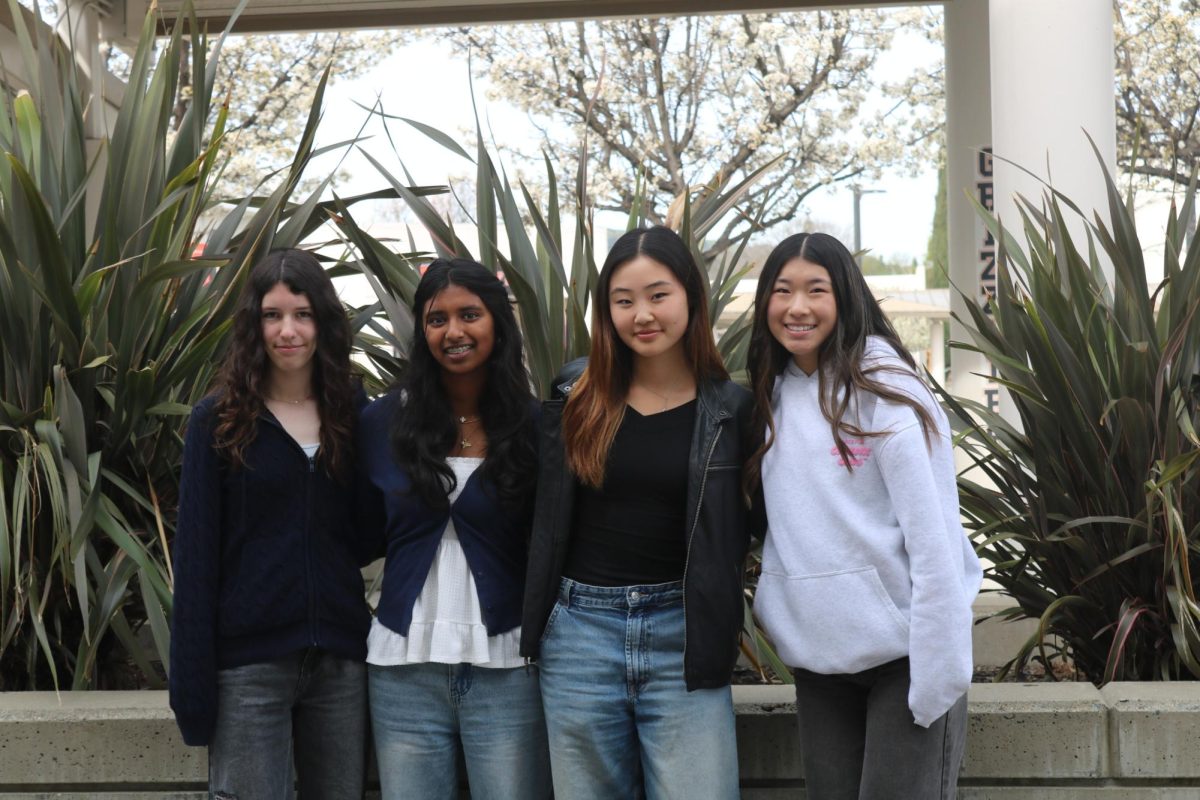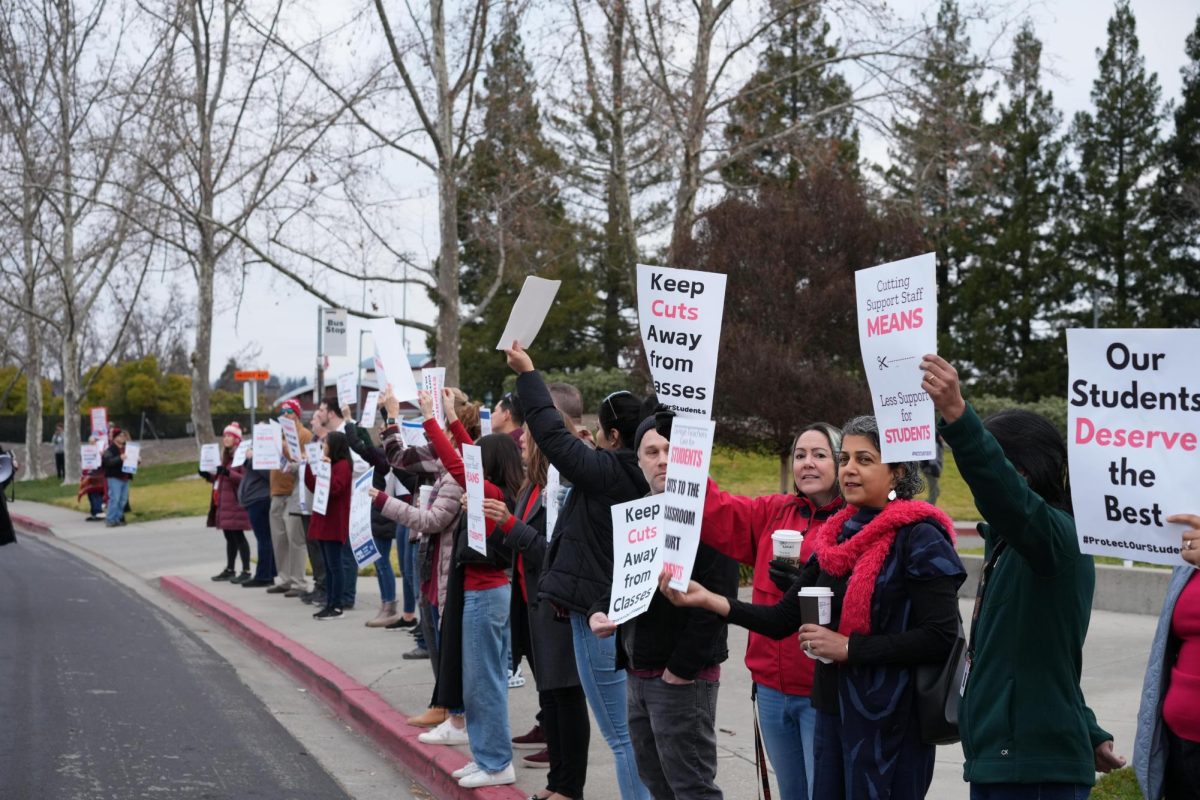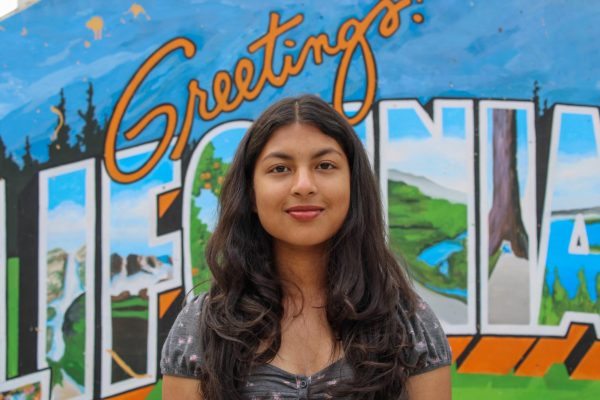Los Angeles was devastated last month when raging wildfires ripped through several Southern California cities, displacing tens of thousands of residents whose homes were destroyed or damaged.
The first fire ignited on Jan. 7 in Palisades, but then quickly spread throughout the area. The Palisades and Eaton fires were the two most devastating ones, and resulted in 14,000 structures being damaged, according to CBS News.
“Initially, I didn’t think it was going to become as bad as it has become,” English teacher Kiara Smith said. “Fire season is just a part of California’s seasons.”
But the nearly half dozen fires burned for about a month and were not totally contained until Feb. 3.
“I’m just not really surprised to hear about any wildfires in California now,” AP Environmental Science and chemistry teacher Sarah Richardson-Gipson said. “[Fires are] just so common.”
The Palisades Fire is believed to have started from the combination of underlying embers following New Year’s Day and the strong Santa Ana winds.
According to the San Francisco Chronicle, a minor fire started amidst the celebratory fireworks on New Year’s Day. In just six days the Palisades Fire started in the same area, possibly from remaining embers that weren’t completely put out. The area had been deprived of rain for more than eight months.
“Eventually the fires will get contained,” Gipson said. “But it would help if we got some rain.”
And while the first rain of the year did help fire efforts, with it came issued flood watches and landslides as CNN details. But just before this first rain, came the abrupt Hughes Fire in Los Angeles County on Jan 22. This blaze amassed almost overnight with the help of windy conditions, growing to more than 10,000 acres as BBC states. But its Hollywood fame was short lived as firefighters diligently worked to contain it, its cause remaining unknown.
Similarly, authorities are not exactly sure what caused the Eaton Fires. Iit is widely believed to be accidentally caused by the Southern California Edison (SCE) electrical utility company. It has power lines connecting throughout Southern California.
ABC 7 News mentioned that these lines operate under higher voltages, especially in the Eaton Canyon, where the fire originated. These high voltage lines combined with the 100 miles per hour winds SoCal was experiencing makes it highly likely that they were the underlying cause of the fire. Lawsuits with allegations connected to the Eaton Fire have already started piling up for SCE, according to The Los Angeles Times.
The Eaton Fire has also affected the Land-Back movement, a movement created in the notion of transferring guardianship of land which was formerly of indigenous people, back to those groups. In Governor Gavin Newsom’s 2022-23 and 2023-24 state budgets, he used funding for tribal land projects in support of this movement as gov.ca.gov entails. The Eaton fire devastated the land of the Tongva people on Jan 7 as the Los Angeles Times pointed out.
Smith mentioned the effects of the fire on the Land-Back movement and how people have reacted.
“I have heard some critiques from conservative people essentially saying, this is why we’re having fires because they don’t know how to take care of the land,’” Smith said. “I hate to hear arguments like that when we are doing things for progress.”
The Palisades and Eaton Fires have both made their mark on California history. The Eaton Fire has ranked second on the California Department of Forestry and Fire Protection’s list of California’s most destructive fires, while Palisades takes third.
“Those are the people my heart goes out to the most,” Smith said. “The ones who really are just losing everything and have no safety net.”
Combined, these two fires had amassed to be twice the size of Manhattan and bigger than San Francisco, as a graphic posted by ABC News shows.
“I think that any kind of disaster tragedy cannot be 100% planned but from my understanding the fire departments are as prepared and ready as possible,” Principle Demetrius Ball said. “These types of things are so unpredictable and so there are a lot of variables that go into it.”
Something that has helped these fires’ success are the empty fire hydrants scattered across the city. According to The Washington Post, mid-battle the Pacific Palisades fire hydrants, which are meant to store millions of gallons of water, have run dry. Experts say the reason why is because such hydrants are designed to provide just enough water to put out a house fire, not a full on wildfire.
“I was heartbroken to hear that we have these thousands of acres of fires damaging properties and making people homeless and causing the loss of life,” Ball said. “All those types of things make it extremely difficult but one of the things that was cool to see was getting support from other countries and other folks around our country and state going down to support.”
According to News Week 10,000 Mexican firefighters had joined the LAFD’s efforts to battle the flames, while Ukrainian President Volodymr Zelenskyy had offered his assistance to the US with 60 firefighters. Other nations who have helped or offered their condolences include Iran and Canada, while states like Oregon, Texas, Arizona and Colorado have all offered helping hands.
“Part of the reason why wildfires are more devastating now than they have been is because people are encroaching on nature,” Gipson said. “We are building houses right next to forests, so in the event of a fire people’s lives are in danger when they happen.”
Lucas Chow, a UCLA student, mentioned the shock of seeing the fires.
“I first heard about it through my friend who lives in Palisades,” Chow said. “He went home that morning so he saw the fires happening and he sent videos to a group chat.”
Chow along with Smith both learned about these fires through word of mouth, while others have learned via the internet.
“I got to know about the fires through Instagram,” junior Charlie Cohen said.
Others like juniors Caeli AuYeung and Caleb AuYeung have also learned about these fires through social media services like TikTok.
To many these fires were a huge surprise, especially to sophomore Kate Snow.
“My track coaches were talking about the fires and then I was ‘Oh my gosh I have a lot of family in LA,’” Snow said. “Like how did I not know abt this.”
While many have family or friends in SoCal, some commute to LA and continue to do so even with the fires raging, one of them being sophomore Raina Sarkar, who practices weekly in LA, though not in affected regions like Altadena, Eaton Canyon, Palisades or Malibu.
“I go to practice in LA every weekend for lacrosse,” Sarkar said. “The only time I saw fire was on my flight over through the window. Before I went over I was scared of how LA would be and look like, but when I actually went there it was relatively the same.”
Although practices are relatively the same for her, this is not the case for her teammates or coach.
“My teammate was telling me how she needed to evacuate, though she wasn’t near the fires,” Sarkar said. “But my coach’s house almost burned down because she lives in Malibu…It is so scary to think that your own home could be gone in all this.”
Some family members have come out of this disaster unscathed, which happens to be the situation for the AuYeungs’.
“I have family in LA,” Caeli AuYeung said. “But I’m pretty sure they’re fine.”
Freshman Olivia Shilling mentioned her mom’s friend who lived down in LA near the Palisades Fire.
“She had to evacuate with her family because they were really close,” Shilling said. “Luckily everything turned out okay and she’s back at home.”
Sophomore Neelum Basra mentioned the scare these fires gave her and her family.
“My cousin’s grandma lives out near Pasadena,” said Basra. “She was not affected by the fires but it did spark fear in all of us.[…] I worried for her and wanted to make sure she was okay.”
It is notable to highlight that these fires haven’t been good for the real estate market as Mansion Global explains. Not only because the area has been scorched, but also because the homes people want have been decimated into flames.
“My aunt was actually supposed to buy a home out there in Pasadena,” added Basra. “But the house she wanted to get burned down so they are not getting a house out there anymore.”
Gipson has family in SoCal who were fortunate not to be affected by the fire as much as others.
“My cousin goes to school at Azusa Pacific University,” Gipson said. “They had an evacuation scare for a couple of days but she hasn’t had to evacuate. But she’s had friends and professors who’ve lost their homes and had to go somewhere else.”
The family Smith has in LA also has not been directly affected by the fires.
“I do have family and friends in LA but none of them are directly affected by the fires, “ said Smith. “I would say the biggest impact for them has just been having to live in the smoke and smog and that’s really difficult especially for people who have things like asthma. I also think there are a lot of people who are working outdoors who don’t have a choice about whether or not they can stay indoors.”
Some members have been evacuated while others remain dangerously close to the flames.
“My grandpa got evacuated from his work office just two days ago and my uncle almost had to evacuate,” said Snow. “My grandma said from their house they can see flames outside like in the distance. It’s that close but they haven’t evacuated, they’re home.”
While firefighters are doing their best to contain the fire now, it’s important to realize that this fire could’ve been avoided if better actions were taken before.
“Historically California is just in a drier area, so our biome just gets less rain, so we have drier vegetation and that’s created wildfires even before industrialization,” Gipson said. “But human caused wildfires tend to go this extreme.”
Gipson goes on to explain exactly how these fires could have possibly gotten this extreme.
“Underbrush gives a lot of kindling for the fire and can cause it to spread very rapidly,” Gipson states. “The best thing to do is control burns and take care of that underbrush so it doesn’t accumulate, but our Forest Service isn’t very good at it.”
According to Gipson, California has been criticized for their insufficient clearing of underbrush. If the Forest Service were to do a better job of clearing, wildfires wouldn’t be nearly as bad.
The Texas Public Policy Foundation explains that these controlled burns have been proven to reduce wildfire risks, but even so these tactics remain underused in Los Angeles County.
“Fires themselves aren’t bad because they actually rejuvenate the soil and clear our underbrush,” Gibson said. “But it’s when they get out of control that they are a problem.”
28 known people have died while 22 remain unaccounted for in the chaos of these fires. People in SoCal have lost homes, family members and friends all to this misfortune. According to NBC News, there were close to 200,000 people who were under evacuation orders during the fires’ peak.
“I feel bad for everyone there and we all hope they find their families and relatives in this,” said Caleb AuYeung. “Be in a house, be safe.”
Students and faculty at Cal have all stressed the importance and seriousness of this disaster.
“When I first heard about the fires and how quickly they were spreading I was super concerned for my mom’s friend,” said Shilling. “All the destruction shown on the news was really scary and heartbreaking.”
People in SoCal need help, most of all firefighters who are and have risked their lives to put these fires out. To raise funds for the Los Angeles Fire Department visit their official website at https://supportlafd.org/donate/ways-to-give.html or donate to the California Fire Foundation at https://cpf.salsalabs.org/disasterrelief/index.html.
“My heart goes out to them and I hope that everybody who is not being impacted will continue to support in whatever way they can,” said Smith. “By continuing to spread awareness about what’s going on, and asking your parents ‘do we have the funds to support anybody?’ and if not, do a quick Google search to see what other ways that you can support […] Whatever you are able to do, do it.”
